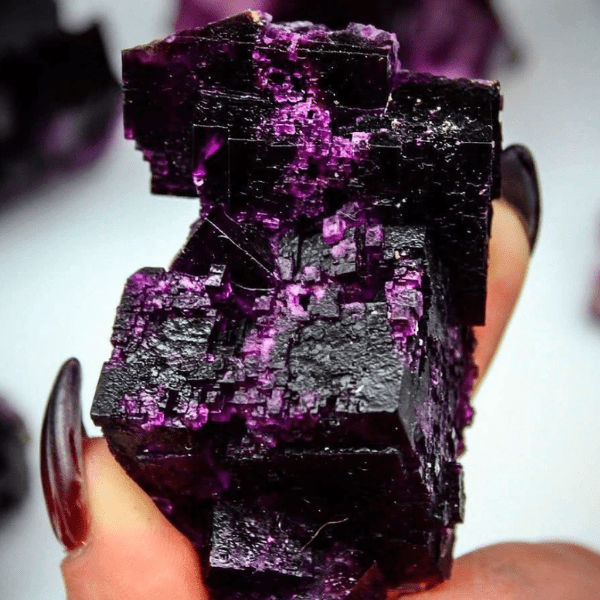Your cart is currently empty!
Page Not Found
The page you are looking for does not exist, or it has been moved. Please try searching using the form below.
Learn about Gems, Crystals, Minerals

The page you are looking for does not exist, or it has been moved. Please try searching using the form below.